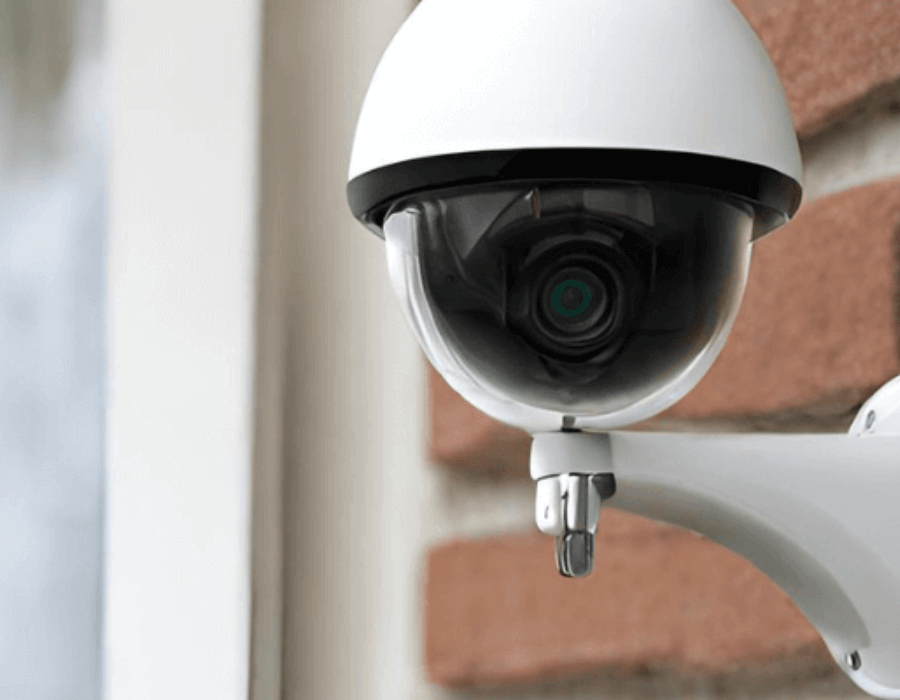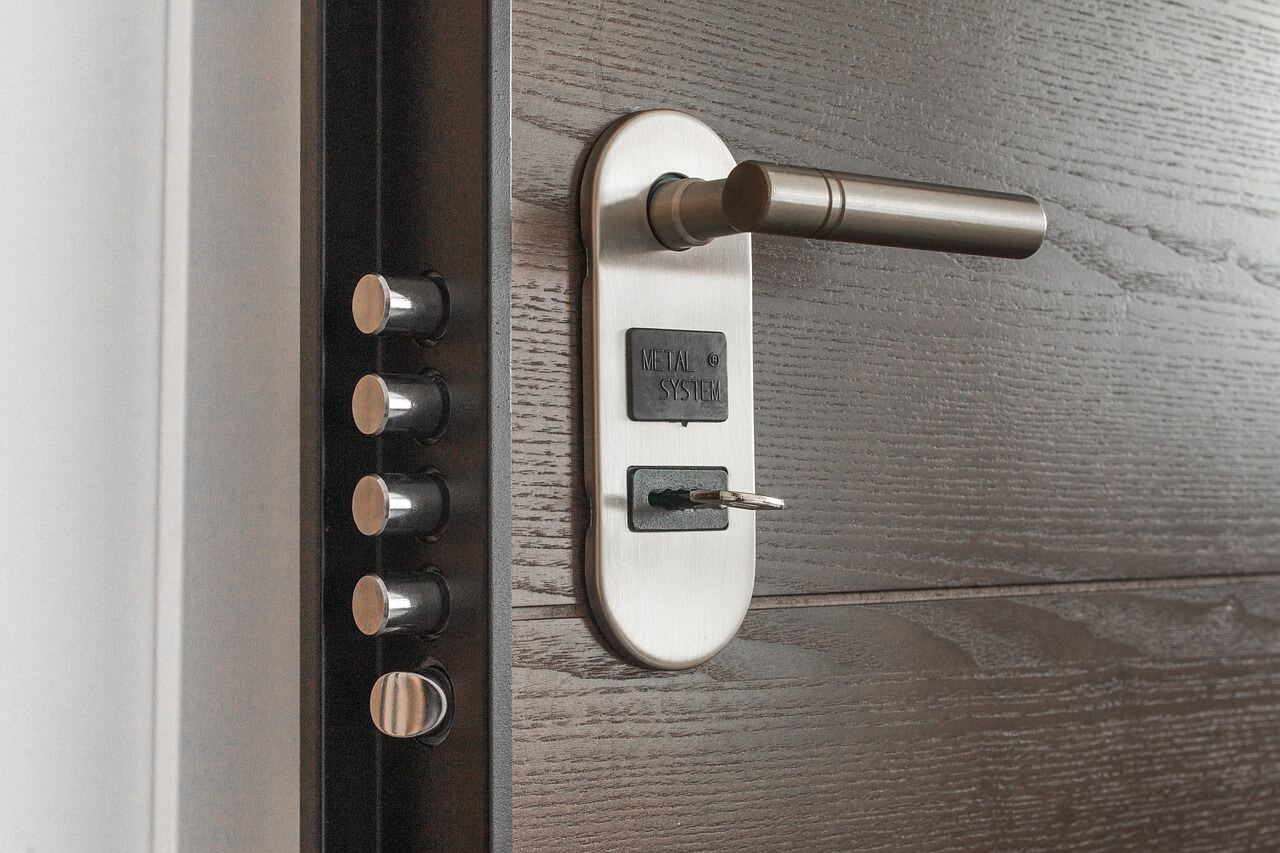Last Updated on March 4, 2022 by Alarm New England
In the quest for a cleaner, greener way of life, cycling has increased in popularity because of its minimal carbon footprint. Cities around the world have adapted by creating bike lanes, bike parks, and bike parking facilities.
But with bicycles’ smooth integration into modern-day life, another facet of life adapts to it as well—crime.
To a thief, stealing bicycles can be more tempting than stealing cars. While they don’t fetch as much money on the resell, they are smaller, more inconspicuous, and are less likely to have an alarm system, making crimes difficult to trace. Bikes are also easier to resell since they can be sold directly on the streets without going through a dealer.
While many commercial locks, chains, and security accessories are available on the market, you should know how to make the most of even the most basic safety measures.
It is also important to be mindful how and where you park and take your bike. Here are some easy tips on how to prevent bike theft that you can apply to our day-to-day habits.
Firstly, are very few things will deter a persistent thief. The below methods aren’t 100% effective. However, they will make it harder for potential thieves to steal your bike.
Keep your bike indoors whenever possible.
This tip is specifically for those who like to keep their bikes outside or in the garage overnight. It may seem obvious, but bike owners may be lulled into a false sense of security when they park their bikes behind a gate or inside a garage. The truth is, if a thief has already got eyes on your bike and observes you leaving it in the perimeter of your home, it will still be relatively easy for them to access it.
Take the extra effort to bring it inside your house at night, or if you must leave it in the garage, make sure it’s chained to something large and immovable. We’ll discuss the proper way to chain your bike in a moment.
Choose parking spots with heavy traffic.
You probably can’t avoid parking your bike outside, especially if you use it for your everyday commute. When parking your bike out in public, choose spaces that have heavy foot and/or car traffic. Thieves are less likely to steal if there are witnesses.
If a thief knows he is more likely to get caught there, he may avoid the spot. Also, opt to park your bike with other bikes. The more there are, the less likely yours will stand out.
Don’t be too flashy.
Now this one may sound like victim blaming, but a thief will always go for the biggest payoff: the most expensive—or expensive-looking—bike. It’s unfair to put this burden on the owner, but it’s a fact.
We’re not deterring you from buying high-end bikes, but we advise that you be mindful of your investment. Large brand names, bright colors, and flashy accessories draw attention to how much your bike costs.
If you know your bike is tempting, perhaps find a safer, more exclusive parking for it. Better still, if you won’t be doing extensive road racing on a daily basis, maybe save the high-end bike for the track and use a cheaper one for your daily commute.
Avoid cable chain locks.
Cable chain locks are lightweight and easy to use, but they are also the easiest to break with a standard pair of bolt cutters. This is because it’s made of small strands of tensile material woven together instead of one solid mass.

A thick chain, although more bothersome, is harder to damage. Thieves will need to have specialized equipment on hand to break the chain so that eliminates at least opportunistic ones from targeting your bike.

A U-lock is also a good option for locking your wheels to the frame. It’s made of thick, solid steel and difficult to cut or bend.
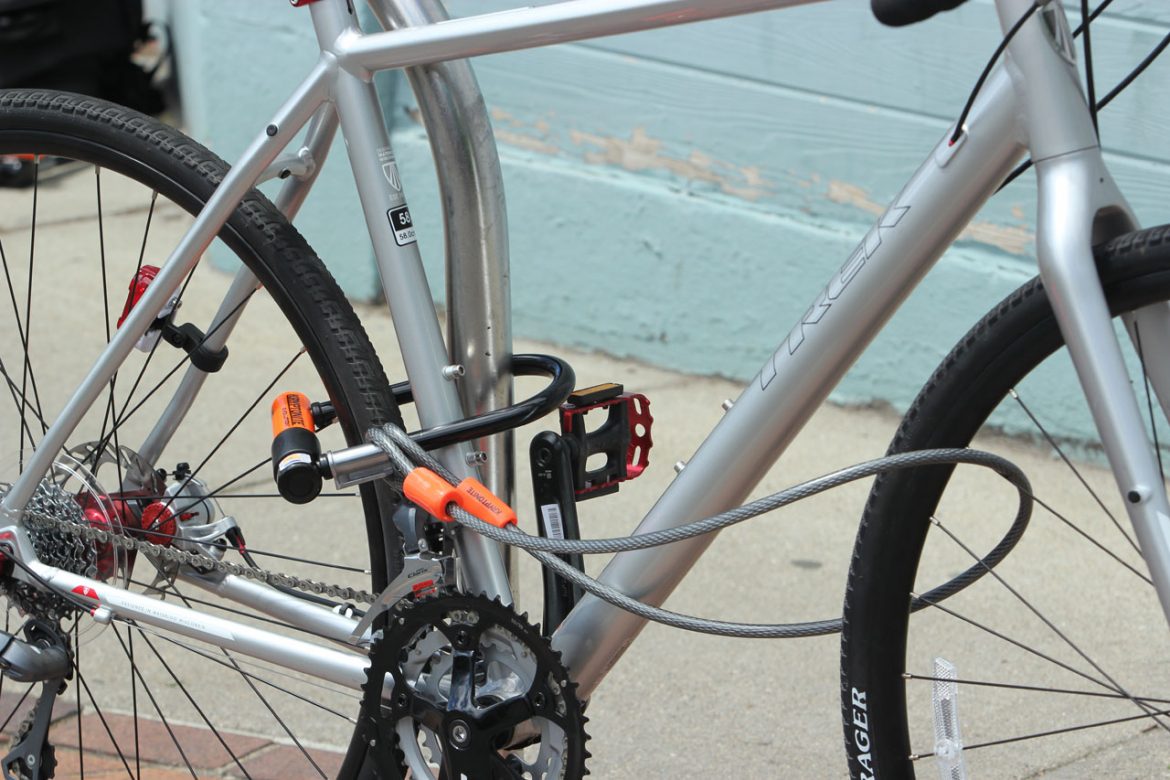
However, the U-lock isn’t as maneuverable as a regular chain. It is more advisable to use it in addition to chain locks instead of just on its own.
You can use a U-lock to secure the wheels and a chain lock to secure it to an anchor.
More on that later!
Secure removable components.
People don’t just steal bikes, they steal bike parts as well. These still have re-sell value, if not as bike parts, at least as metal. If you can replace quick release mechanisms on your bike with bolts, it makes it harder to take your bike apart.
When chaining up your bike, make sure to include and secure things like your saddle, handles, gear set, and other accessories. When you’re wrapping the chain around, loop it through the wheels and the frame instead of just around.
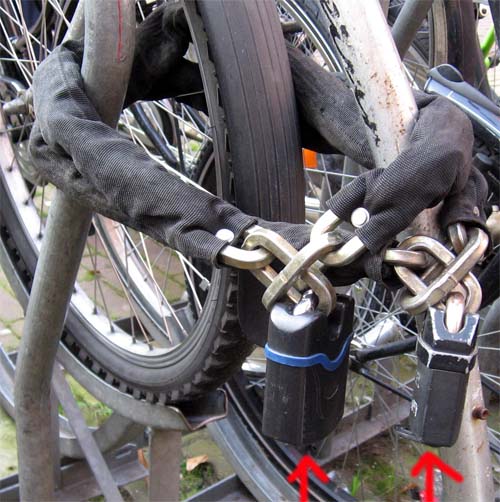
This isn’t just to stop mobility, it’s also so that someone won’t be able to slide off the chain by simply removing the seat, wheels, or handles. It also makes the chain tighter, harder to shake loose and slide a file or saw between it.
Chain it to something immovable.
Make sure to chain both your wheels to the frame, and then chain them to an anchor of some sort, preferably with separate sets of chain locks. This extra precaution just makes it harder for thieves since they’ll have to break several more chains.
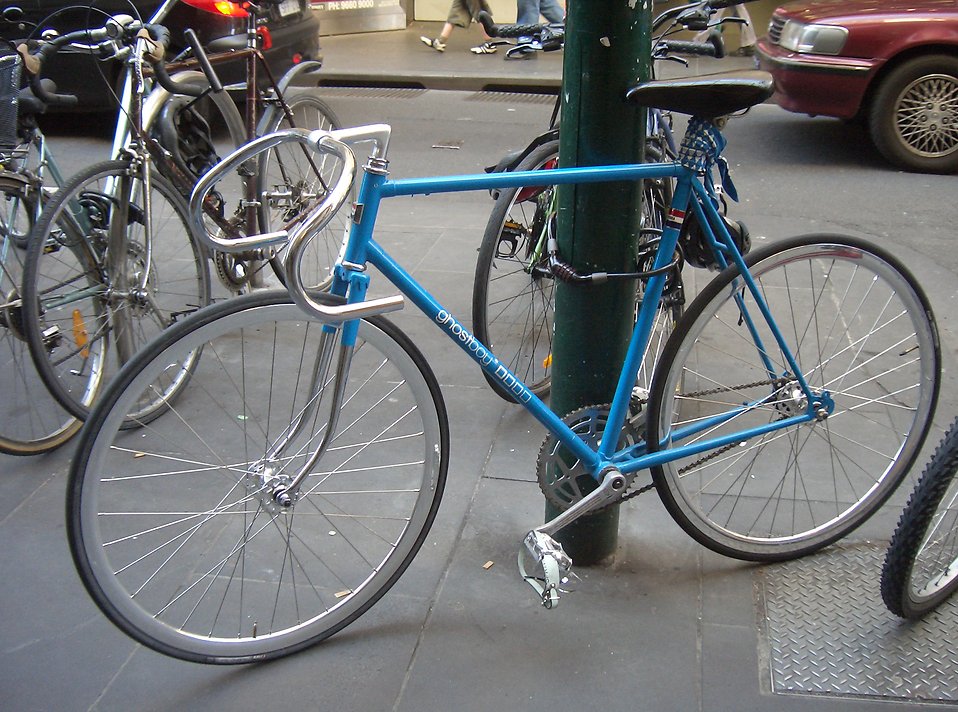
Whatever you chain your bike, chain it to something heavy, durable, and immovable. Some designated bicycle parking lots have a row of thick steel bars specifically for this purpose.
If no bars are available, find something that is firmly cemented to the ground or building, and cannot be smashed or broken to slide the lock off. A heavy gate, pillar or pole may work well for this, but never chain your bike to a tree. Yes, it is firmly planted into the ground, but trees—especially thinner ones that you can wrap a chain around—are breakable. To an experienced thief, it isn’t as difficult as you would expect.
Check your app privacy settings.
Avid bikers, especially those who use it for sport or exercise may find it beneficial to track their progress by logging their rides on an app that uses GPS. There’s nothing wrong with this, but make sure your settings on these apps are set private.
Many of these apps display users locations on the map and it’s free and easy for other users to view this information. This may be used by thieves to observe where you usually start or end your rides, meaning where you normally park your bike.
Luckily, most apps also have the option to keep your information and location private, but not as a default. Make sure to change your settings before you go out for a ride.
Be wary of vandalism.
Small acts of vandalism aren’t always random. Some thieves will slightly damage your bike wheels in the hopes that you won’t ride it home, making it easier for them to take later in the night.
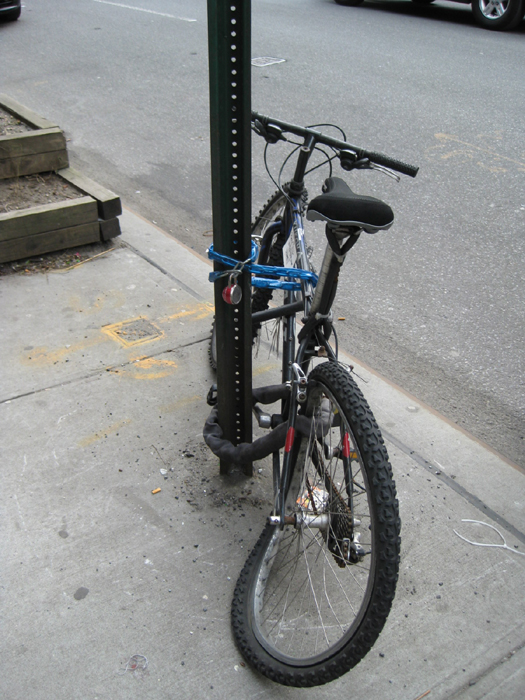
They will make sure the damage is enough to make it unrideable but not unsellable. Keep an eye out for slashed tires or bent bars. If this happens to you, don’t leave your bike. Walk it home or take it with you.
Know your own bike.
Similar to how you would take note of your car’s license plate and registration numbers, make sure you also keep records of your bike’s serial number and those of any high-end accessories it may have.
If available in your area, you may register it to a local or national database. This is so if your bike is stolen, it may be tracked down if it is ever put on public sale. This may not deter from street selling, but it will raise flags if someone else tries to register your bike. It is more of an after-the-fact fix, but in this unfortunate incident, retrieval is your best case scenario.
If it does happen to you, report it to the authorities immediately. Even if you spot your bike thief, it is not advisable to approach or confront them. Keep eyes on them and take note of their description, and then tell the nearest law enforcement officer as soon as possible.
Invest in a GPS tracker.
If you really want to be careful, you can purchase a GPS tracking device that attaches to your bike and pings back to an app on your phone. This is another after-the-fact fix in case your bike is stolen, but of course, you can also use the tracker to check up on our bike while it’s out of sight.

Conclusion
Ultimately, it’s about properly using the security tools at your disposal. Whether you can afford high-end locks and trackers, or simply want to work with the basics, making the most effective use of any of these safety tools can spell the difference between keeping and losing your bike.


